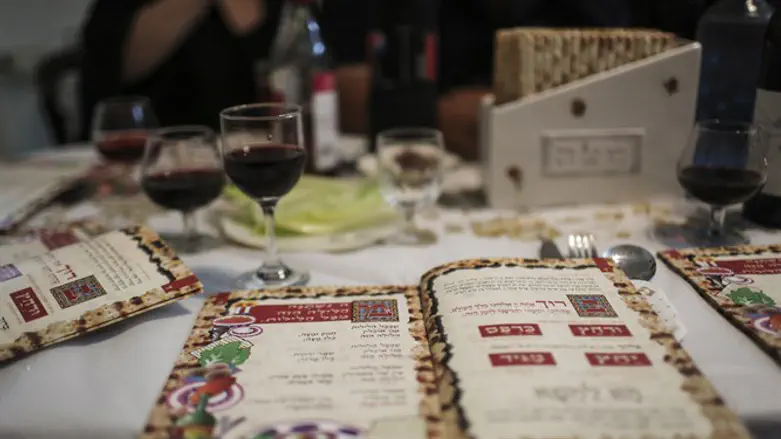
As the owner of the world’s largest collection of haggadot, the National Library of Israel is no stranger to unusual versions of the text that Jews read on Passover.
Among the library’s 10,000-odd haggadot is the Prague Hagaddah from 1556, of which only two copies exist. And the even older Rothschild Hagaddah from 1450, which was written in Italy on parchment so delicate that it’s kept in a dark vault (unusually, the library in Jerusalem put that Haggadah on display this year, but only for two days.)
Yet one of the library’s most special haggadot is younger than the institution’s chairman, 74-year-old David Bloomberg.
Dubbed the Korean War Haggadah, the booklet from 1952 was recently purchased by the library because it is “extremely rare,” the museum said in a statement. It did not say how much the 32-page booklet cost.
Printed in Korea for the use of US military personnel fighting there, it was first used in a seder, the traditional Passover meal, organized by two Jewish chaplains who were also responsible for producing the Haggadah.
Jewish soldiers from across Korea were given furlough and transported to that seder.
The book’s cover is decorated with hand-drawn insignias of the main military units involved in the seder. The insignia of the Jewish chaplaincy appears in the middle. The seder’s menu includes ‘Gefuelte Fish’, ‘Chicken Soup aux Kneidlach’, and three types of wine, including ‘Manischewitz California State’.
One page includes upside-down Hebrew text, perhaps demonstrating the challenges of working with printers unfamiliar with Hebrew.
